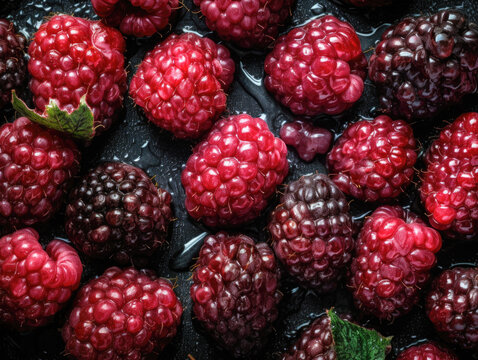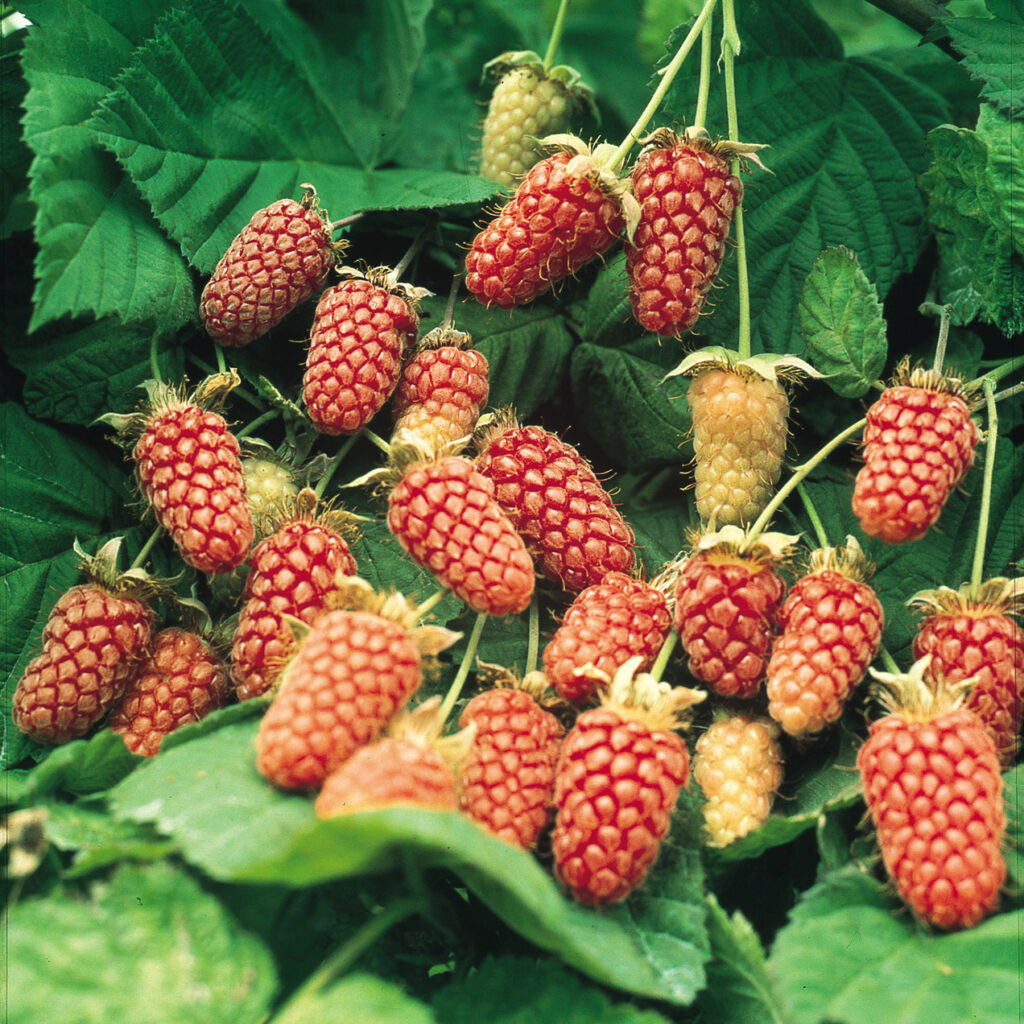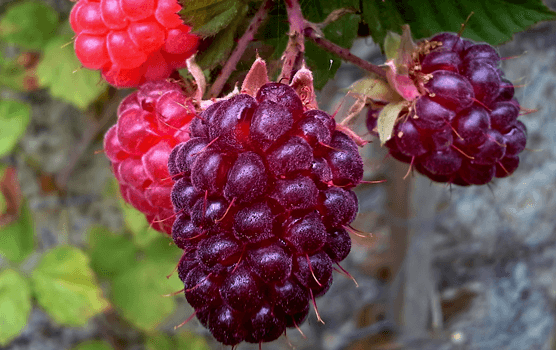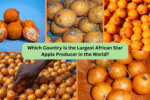Which Country Produces the Most Loganberries?

Although specific global production figures for loganberries aren’t officially tracked like for strawberries or apples, the United States—particularly the Pacific Northwest—is widely recognized as the largest producer of commercial loganberry fruits. These berries are primarily grown in states like Oregon and Washington, where climate and established farming traditions support significant cultivation .
What Are Loganberries?
Loganberries (Rubus × loganobaccus) are a hybrid fruit born in Santa Cruz, California in 1881, resulting from a cross between the wild Pacific blackberry (Rubus ursinus) and the European red raspberry (Rubus idaeus) scenichillfarmnursery.com+3britannica.com+3en.wikipedia.org+3. The fruit is distinguished by its deep red color, tart yet rich flavor, juicy texture, and aggregate drupelet structure similar to blackberries .
Loganberries are prized for their high content of vitamin C, antioxidants, and essential nutrients like manganese, iron, and vitamins A and K en.wikipedia.org+14specialtyproduce.com+14reportlinker.com+14.
Why the United States Leads in Loganberry Production

1. Ideal Growing Conditions in the Pacific Northwest
Oregon and Washington provide the perfect climate—cool, moist summers and fertile soils—for loganberries. These regions support well-draining land and temperate zones ideal for berry crops .
2. Historical & Commercial Roots
The U.S. has long-established commercial operations, like Greenbank Farm on Washington’s Whidbey Island, which in the mid-20th century was the nation’s largest Loganberry farm (approx. 125 acres) en.wikipedia.org. Additionally, the Oregon Raspberry & Blackberry Commission continues to play a key role in promoting these berries farmstore.com+14britannica.com+14oregon-berries.com+14.
3. Well-Developed Processing & Market Access
Because loganberries spoil quickly, processing is crucial. U.S. producers supply frozen berries, jams, syrups, pie fillings, and value-added products like cider and juice reportlinker.com+4specialtyproduce.com+4reportlinker.com+4. This processing capability supports commercial viability and extends shelf life.
4. Innovative Breeding and Farming Practices
American growers use thornless and disease-resistant varieties and adopt modern farming, trellising, and pest control methods, further enabling scale and quality .
Production Highlights by Region

Pacific Northwest (Oregon & Washington)
- Principal U.S. regions for commercial loganberry farms.
- Production peak spans July–August .
- Berries are harvested for fresh use, processing into jellies, syrups, wine, and cider.
Other U.S. Regions
- Home gardeners and small farms in New England, the Midwest, and California grow loganberries, though on a smaller scale.
- The classic “Loganberry drink” remains popular in Western New York and parts of Ontario specialtyproduce.com+1en.wikipedia.org+1.
International Loganberry Cultivation
While the U.S. leads, other countries also produce loganberries, albeit in smaller quantities:
United Kingdom
Loganberries were introduced to the UK in the late 1800s and grown in gardens and small farms. Notably, in the early 20th century, a single Worcestershire farm supplied up to a third of berries for British naval use to fend off scurvy en.wikipedia.org.
Australia (Tasmania & Victoria)
Australia cultivates loganberries on a modest scale, mainly for boutique jams, desserts, and local markets reportlinker.com+13specialtyproduce.com+13en.wikipedia.org+13.
Canada
Loganberry products like the signature Crystal Beach Loganberry drink still thriving in parts of Ontario, especially around Buffalo and Niagara Falls specialtyproduce.com.
However, none of these markets match the U.S. volume due to the crop’s fragile nature and logistical challenges associated with harvesting and storage.
Global Market Perspective

Exact global export data for loganberries is bundled with other berries. In 2023, the U.S. ranked third in export value of fresh raspberries, blackberries, mulberries, and loganberries, behind Mexico and Spain reportlinker.com+4reportlinker.com+4reportlinker.com+4. But unlike high-volume fruits, loganberries mainly serve niche, value-added markets—jam, syrup, cider, and specialty drinks.
Challenges & Innovations
Cultivation & Harvesting Issues
- Labor-intensive pick: berries are soft and hidden in foliage, and bush may bear uneven ripeness .
- Short shelf-life limits fresh-market distribution.
Innovation in Breeding & Processing
- Thornless cultivars and hybrid development by Oregon and UK researchers are ongoing britannica.comfarmstore.com+2specialtyproduce.com+2scenichillfarmnursery.com+2.
- IQF freezing, sterile processing, and liquid concentrates empower U.S. farmers to meet distant markets and maintain quality longer.
Nutritional & Culinary Appeal

Loganberries pack powerful nutrition:
- High in vitamin C, manganese, vitamins A & K, iron, and antioxidants abetterchoice.com.au.
- Versatile in desserts, jams, sauces, pies, beverages (juices, syrups, wine, cider), leading to strong interest in functional and gourmet foods.
Future Outlook
With growing demand for natural, antioxidant-rich, artisanal foods, loganberries are earning renewed attention. While large-scale expansion remains unlikely due to logistical challenges, U.S. producers continue refining cultivation and processing methods to maintain leadership. Emerging interest in value-added products underlines opportunities for niche marketing.
Final Takeaway
While multiple countries grow loganberries, the United States stands as the world’s top producer, especially in Oregon and Washington. With a century-long legacy, strong processing infrastructure, and ongoing innovation, U.S. production dwarfs that of other nations.
Although the UK, Australia, and Canada contribute unique cultural and artisanal offerings, the Pacific Northwest remains the heart of the global loganberry industry.





Leave A Comment